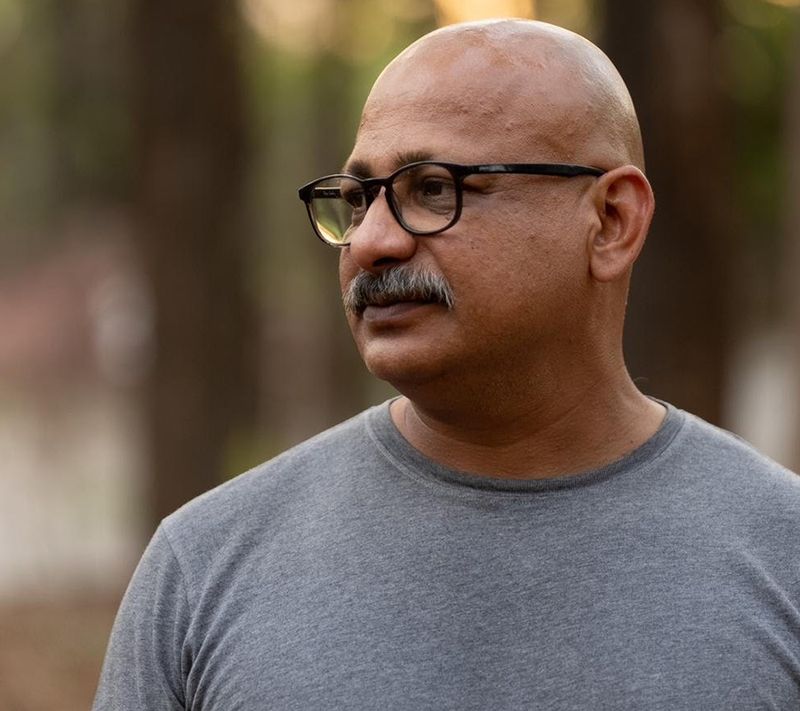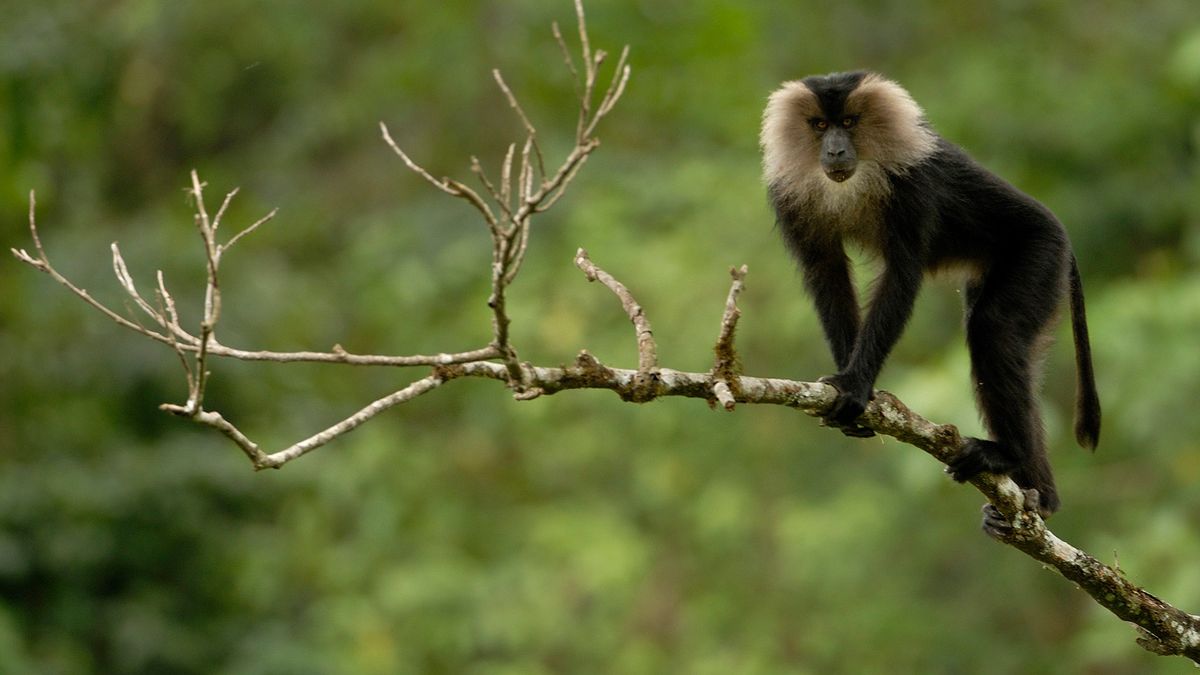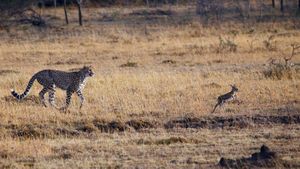What started as a showcase and recognition for wildlife and nature photographers in 2014 with Nature IinFocus has evolved into a community- building and engagement platform for wildlife photographers, filmmakers, conservationists, scientists and nature enthusiasts.

In 2023, the festival aims to strengthen the camaraderie further with the three-day festival, July 28-30, 2023, and a photography competition. We speak to Rohit Varma, founder, Nature IinFocus, about what the festival aims to achieve in the larger conversation for conservation.
Edited excerpts
1. What are the highlights of Nature InFocus 2023?
The Nature inFocus Festival is an annual event where researchers, scientists, conservationists, activists, wildlife photographers, filmmakers and nature enthusiasts from around the country gather under one roof to share their knowledge and experiences. There is no other fFestival in India or Asia which is the largest and solely dedicated to the nature and wildlife community.
The last on-ground fFestival happened in Bengaluru in 2019 and saw a crowd of over 2,500+ attendees. Making a return after a gap of three years, the Nature InFocus Festival 2023 will be held at the Jayamahal Palace in Bengaluru on July 28-30, 2023.
2. How many photographers and photographs have registered this year for the competition?
The photography contest accepts entries from both adults (above 187) and young photographers (17 years and under). Winners are chosen in the categories of animal portraits, animal behaviour, conservation focus, creative nature photography, wildscape and animals in their habitat and photographer of the year – Portfolio. The young photographer award is open to those who are 17 years of age and under; the spotlight is on fresh and passionate young talent.
We display finalists’ images of approximately 120. People come to watch these images and obviously, some connection they end up building some connection with our natural world. The festival is growing every year, and more and more people come from across India. The nature community waits for the festival to happen. We are just the curator, this festival belongs to the whole community.

3. The festival coincides with International Tiger Day, what is your take on the conservation steps taken to save the big cat from extinction?
The last case of local extinction of tigers in India was back in 2005 when we lost all tigers in both Sariska and Panna National Parks. It was when poaching was rampant, organised crime was involved, and there was a huge demand for tiger skin and body parts in China. India was able to crack down on organised crime and succeeded in bringing poaching under control.
Forest degradation and a lack of prey population could be other reasons for local extinction. There are parks which have lost their tiger population due to these reasons. It is possible to reintroduce tigers to these parks if we can bring back the prey population base (herbivores like deer, wild boar and Gaur), but these projects are long-term and need concentrated efforts.
Our battle to save the tiger is not over. When Project Tiger started in 1973, the issues were different. Hunting was allowed officially till 1972, and later poaching became a big problem. Today, we are facing a different set of issues. Forests are shrinking, and linear intrusions and unsustainable development are putting pressure on our forests and their denizens.
Some things are important, and they must be done:
- We need to involve local communities when we talk about protection and implementing conservation projects. The villagers living outside these tiger reserves interact with these big cats daily, and their involvement will prove crucial to the success of any such conservation efforts.
- Avoid linear intrusions where possible. If unavoidable, dedicated research needs to be conducted to understand animal movement and ensure a separate safe passageway instead of forcing them to cross busy highways. The elevated stretch on the NH44 near Pench National Park is a perfect example.
- We also need to work on connecting forests. Corridors are crucial for animals to move from one forest to another. This reduces the pressure on a single patch of forest, allowing for the free movement of animals.
4. How will the Nature InFocus festival engage young and aspiring photographers to pursue nature photography?
Nature should be celebrated and that is what we do at the festival. Through talks, discussions, photography exhibitions, film screenings, and the like, we inspire people to protect and conserve the natural world. India's nature and wildlife community has never had a platform dedicated to them before! We filled that gap, and today, the Nature InFocus festival has become the go-to platform for the community to showcase their work, learn from others, understand environmental issues, and collaborate with like-minded people.
At the festival, photographers get to see the work of their contemporaries, explore opportunities to collaborate, learn and improvise on their skill sets, and work with researchers and conservationists and contribute their work to science. The purpose of this festival is to celebrate nature and all things wild. This festival is unique in nature as we get photographers, researchers, scientists, conservationists, activists, filmmakers and also nature enthusiasts. It’s a congregation of the nature enthusiasts’ community. Discussions are not limited to photography or filming but we discuss pressing issues concerning the environment. Research and conservation projects are showcased. We talk about impacts driven by individuals or organisations. We award exemplary work in the field of photography and filming.
The competition has evolved to a different level together. It’s a serious competition, photographers and filmmakers know the seriousness of this competition hence the kind of entries we get are very thought over and well composed. Our competition focuses on creativity and a storytelling composition rather than pure natural history.

5. How important is the role of wildlife and nature photography in conservation?
I think we need to take a step back and think about how does this maddening development work helps mankind in the long terms. Can we survive without nature or natural resources? Why are we doing what we are doing in the name of development? With all the tech available today, we hardly get to know about natural disasters at the right time and we struggle to save human lives.
Look at the floods that happened in the last couple of years around the world, humans could not do anything. The same goes for earthquakes. Also, we don’t learn from our mistakes., So many disastrous episodes have happened, but we did not learn from them. We keep on making the same mistakes again and again.
I am not against development at all, we need planned sustainable development to happen. It must be thought through well before we execute any of these development projects. Causes do connect people. I do agree everybody has got their own challenges in their lives but survival is the biggest challenge we are facing today. There can’t be any bigger cause than survival. Most of us get concerned when we are directly getting impacted.
There are many ways by which we can connect with people on environmental issues. One can show the beauty of nature and talk about why nature is required to be conserved. One can also showcase pressing issues which have a negative impact on our lives and connect people with the cause. End of the day, it’s about the emotions which connect people with a cause. People need to know what they can do, not everybody can take conservation as a full-time job but I believe conservation starts at home. How conscious you are in your day-to-day life. It matters a lot.
6. What role has social media played in promoting and/or detracting from the serious nature of wildlife and nature photography?
We support lots of non-profit organisations in promoting their work through our portal and social media channels. We also help them in building communication in the form of an article or film so that their work reaches out to a wider audience. The core purpose of Nature IinFocus core purpose is to reconnect people with nature and help them in understanding the importance of nature in our lives and also how it is possible to live a sustainable life. We also work with lots of NGOs and help them showcase their work in the space of research and conservation to a larger audience through our portal and social media.




